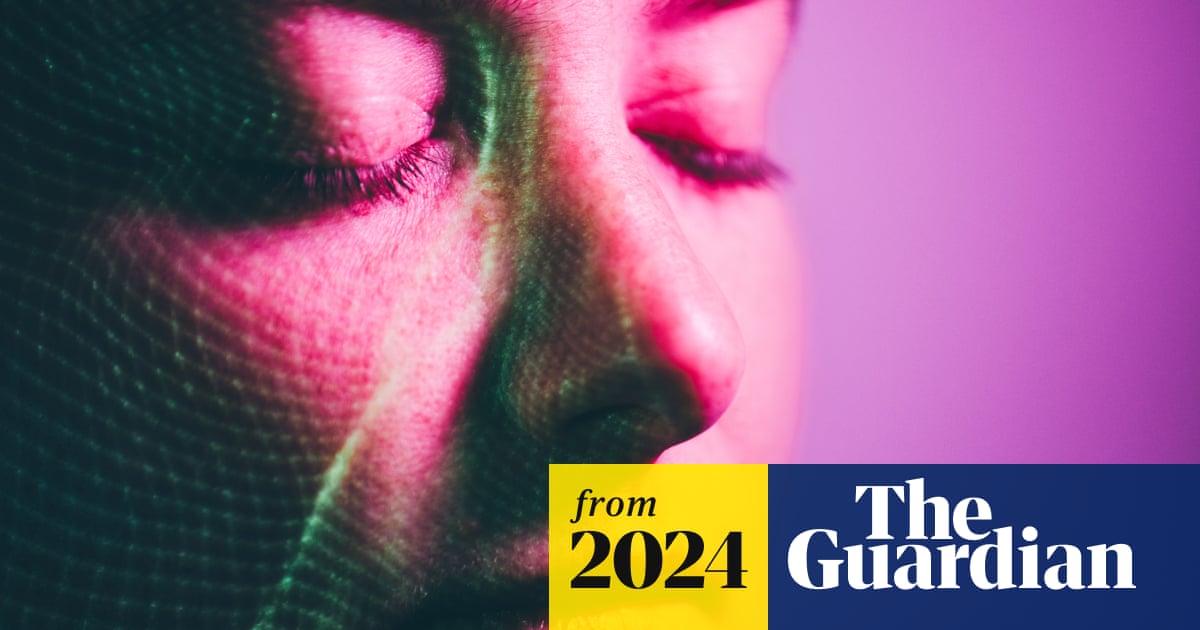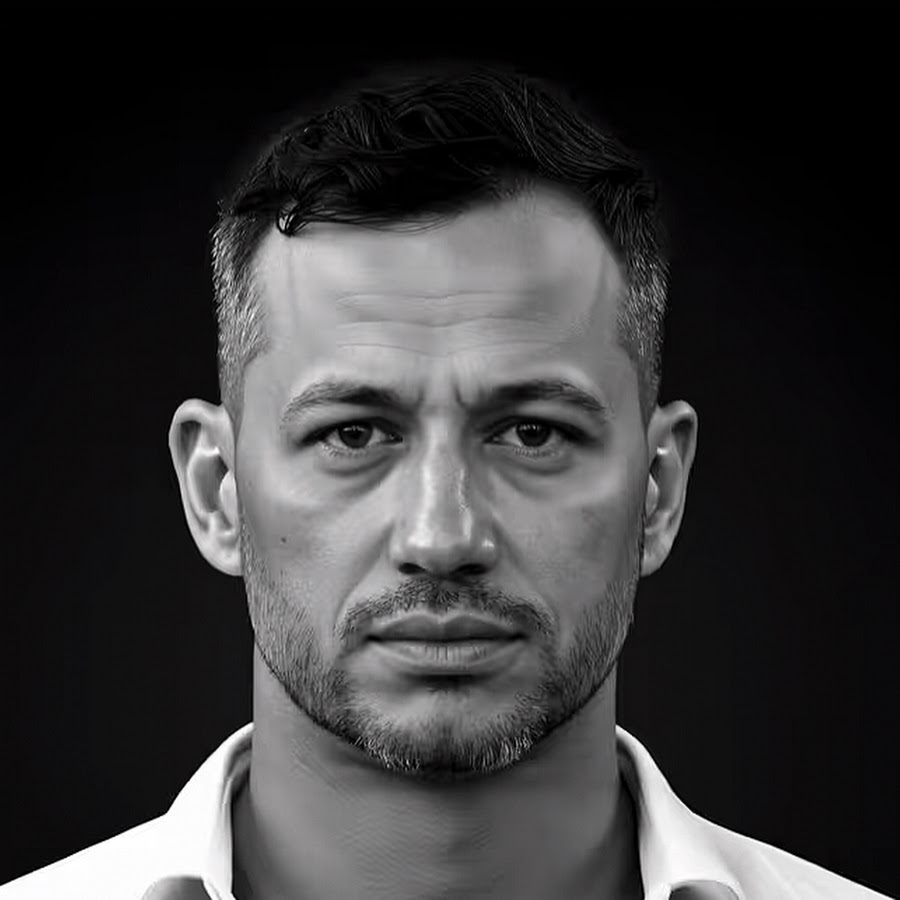Deceptively real - the growing danger of deepfakes and how we can protect ourselves
Deepfakes jeopardize trust and truth. AI recognition, watermarking and media literacy are key tools in the fight against manipulation.

Amidst all the hype surrounding AI, today we are talking about a very critical topic. Deepfakes are no longer science fiction, but a real threat to trust, democracy and personal integrity. With ever-improving algorithms, videos or audio recordings can be manipulated to make people say or do things that they have never done. An oft-cited example is the viral deepfake of a 122-year-old woman seemingly celebrating her birthday - a fake so convincing that it reached millions and raised doubts about how easily we can be fooled today (The Guardian). A prime example of modern AI video creation is Google Veo 3, unveiled at the recent Google I/O, Veo 3 generates hyper-realistic clips from text or image prompts with a native soundtrack, including dialog and sound effects. Although Google blocks political content and violent scenarios, the technology already makes it possible to create deceptively real, fictional news or film scenes - opening the door to manipulative deepfakes or fake news.
Here is an example of a video created by Google Veo 3:
"Google Veo 3 Fake News | AI Video" (video by Alex Patrascu on YouTube)
Countermeasures (watermarking)
Digital watermarking is becoming increasingly important as proactive protection against deepfakes. This involves embedding signatures in images or videos that are invisible to humans but recognizable by machines. Modifications such as the replacement of pixels or audio tracks destroy these watermarks and make forgeries detectable. Cryptographic metadata and blockchain solutions can also protect originals from undetected editing - if platforms and creators use these methods across the board. This also reveals the biggest problem with such countermeasures. They presuppose that providers of AI technology also use them. Google is taking a significant step in the right direction here with Veo 3:
"It's crucial to introduce technologies such as Veo in a responsible way. To achieve this, videos made with Veo will be marked with SynthID, our advanced technology for watermarking and detecting content generated by AI. Additionally, Veo outputs will undergo safety evaluations and checks for memorized content to reduce potential issues related to privacy, copyright infringement, and bias."
~ https://deepmind.google/models/veo/
Artefacts
In addition to watermarking, the analysis of digital artefacts plays a central role. In other words: small errors in images or texts that are characteristic of an AI. A few years ago, such artefacts were still easy to recognize, for example based on the number of fingers of a person in an image. However, this is becoming increasingly difficult. Technology can help here too, with specialized AI detectors. These scan media for inconsistencies in lighting, shadows or image noise and check the consistency of audio and lip sync. But even the best models are not infallible - which is why media literacy and healthy doubt are essential. Training and education help to recognize the signs of fake content at an early stage. What is actually more effective than you might think is intuition. We humans are evolutionarily very good at recognizing patterns. Especially when it comes to faces and movements, we often notice discrepancies subconsciously. This can be the tone of a voice, an asymmetry in the face or the distorted movement of limbs. A good tip is to listen to your intuition.
- Deepfakes can undermine practically any opinion formation today.
- Google Veo 3 shows how quickly realistic video AI is spreading.
- Watermarking and cryptographic processes are effective defensive measures, but have not yet been used across the board.
- AI detectors and media education complement each other to expose deceptions.
Conclusion
The danger from deepfakes is real and grows with every technical advancement. Countermeasures follow, but always with a certain time lag. At the same time, we are faced with a choice: either we allow ourselves to be unsettled by ever better fakes - or we invest now in robust protection mechanisms, combine digital watermarks with AI recognition and sharpen our media skills. This is the only way we can prevent our perception from becoming easy prey to artificial manipulation.
Sources:










